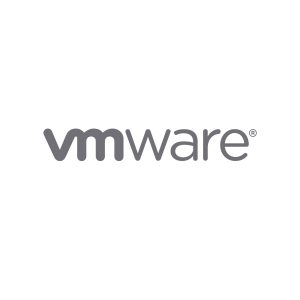Description
In interactive labs, you will explore the administrative tasks necessary to achieve network visibility, control, and automated threat response. These fundamentals will provide you with a solid understanding of how to implement network visibility and security automation.
Certification- This course prepares you for the FortiNAC Specialist exam. The FortiNAC Specialist exam counts toward one of the four NSE 6 specializations required to get the NSE 6 certification.
System Requirements- If you take the online format of this class, you must use a computer that has the following:
A high-speed Internet connection
An up-to-date web browser
Speakers or headphones
One of the following:
HTML 5 support
An up-to-date Java Runtime Environment (JRE) with the Java Plugin enabled in your web browser
You should use a wired Ethernet connection, not a Wi-Fi connection. Firewalls, including Windows Firewall or FortiClient, must allow connections to the online labs.
Who should attend
Network and security administrators, managers, and other IT staff that will use FortiNAC should attend this course.
Prerequisites
Knowledge of networking concepts and terms
Basic understanding of networking protocols and infrastructure configurations
Course Objectives
After completing this course, candidates should be able to:
Configure a FortiNAC system to achieve network visibility
Leverage the control capabilities for network access and automated policy enforcement
Integrate FortiNAC into the Security Fabric
Combine the visibility and control features with security device integrations to automate threat responses to security risks
Outline: FortiNAC – NSE6 (FORT-NAC)
1. Introduction and Initial Configuration
2. Achieving Network Visibility
3. Identification and Classification of Rogues
4. Visibility, Troubleshooting, and Logging
5. Logical Networks, Fortinet Security Fabric, and Firewall Tags
6. State-Based Control
7. Security Policies
8. Guest and Contractor Management
9. Security Device Integration and Automated Response
10. FortiGate VPN, High Availability and FortiNAC Control Manager Integrations




